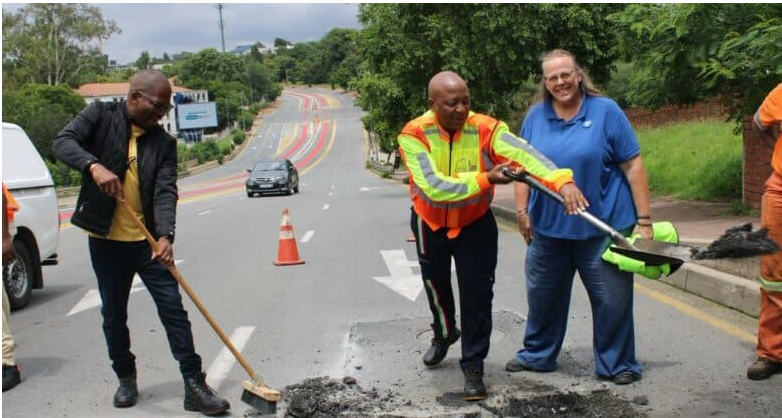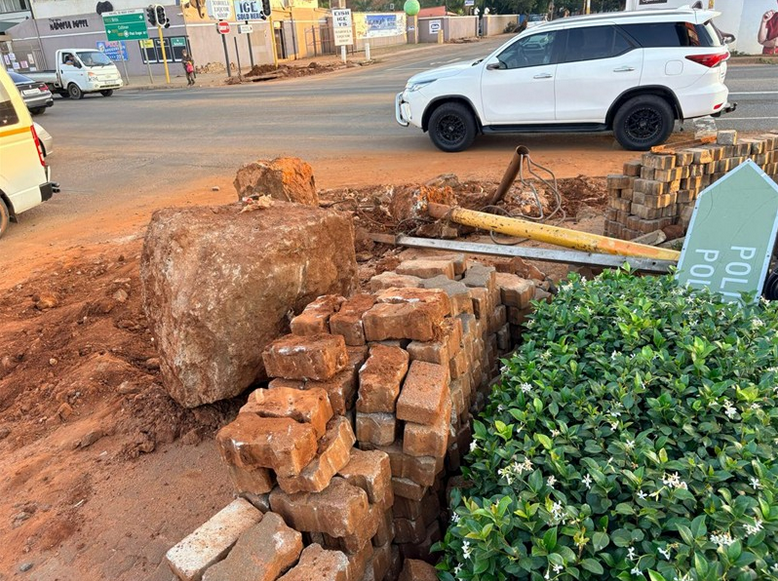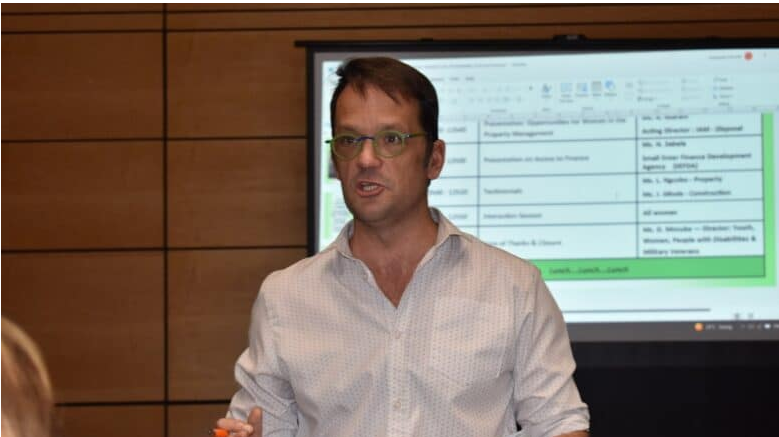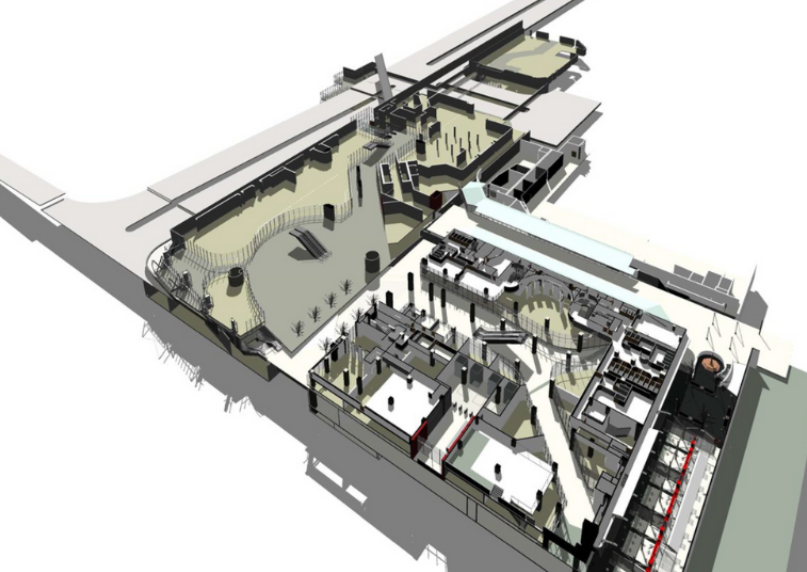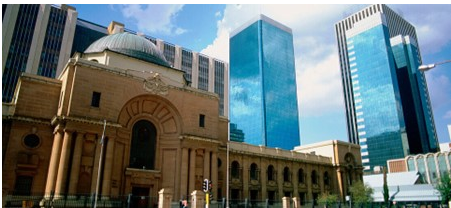Promises, promises … Mooikloof Mega City developer left out of pocket
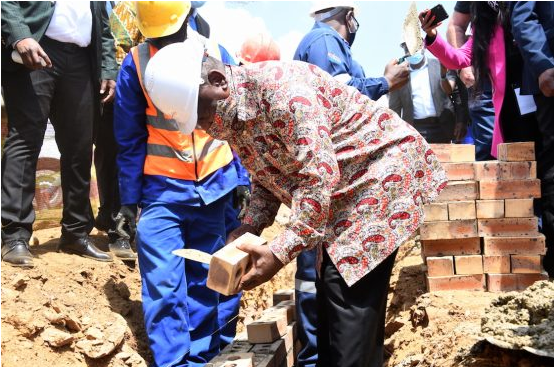
Advertising
31-10-2023
Read : 890 times
Moneyweb
Source
Government fails to come through with its R1.4bn contribution to bulk infrastructure. The development might not be such good news for lower-income buyers after all.
More than three years after the R84 billion Mooikloof Mega City in the east of Tshwane was named as one of government’s strategic infrastructure projects (SIPs), developer Balwin Properties is still waiting for government to fulfil its promise to provide R1.4 billion for bulk infrastructure to unlock the value.
The first residents are set to receive their keys and move into their new homes in November.
At the launch of the development in October 2020, three months after the SIP designation, President Cyril Ramaphosa said the development “is pushing back the frontiers of human settlements in our country, by way of design, planning and construction”.
Ramaphosa said once completed, “the Mooikloof Mega City may end up becoming the world’s largest sectional property development, with land also earmarked for schools, shops and offices” and described it as the “outcome of a successful public-private partnership” between the City of Tshwane, the Gauteng Provincial Government and Balwin Properties.
Praise for Ramokgopa
Ramaphosa specifically praised Dr Kgosientsho Ramokgopa, who then headed the Investment and Infrastructure Office in the Presidency, for the energy he spent to bring the development to that point.
Ramaphosa has however since appointed Ramokgopa as minister of electricity and it seems nobody has been appointed to take over his previous role.
The presidency did not respond to a question in this regard.
The listing of the SIPs followed the inaugural Sustainable Infrastructure Development Symposium (SIDS) in June 2020, which managed to unlock over R340 billion in private sector investment in key economic sectors.
Where is government’s contribution?
Balwin told Moneyweb no specific dates were set for the payment of government’s contribution.
“We were of the understanding that payment would flow in one lump sum or that the government would appoint the contractor themselves to do the necessary infrastructure installation.
“We were of the understanding that funding for implementation or the appointment of a contractor to do the implementation would commence shortly after the gazette.
“We were further of the understanding that the gazette was the trigger event,” it said.
The company says it has engaged all government role players, including National Treasury, the Department of Public Works and Infrastructure, and the City of Tshwane.
The talks are ongoing and have been “positively received” – but no payment has been made yet.
Balwin between a rock and a hard place
This delayed the project considerably as the upgrade of the bulk infrastructure was a condition for the rezoning of the land, and Balwin had no choice but to fund it for the time being.
The company has already spent more than R300 million out of its own pocket in relation to government’s obligations.
This was spent on bulk infrastructure for the delivery of water and sewerage services as well as roads, including the construction of a reservoir in La Montagne, the new Hazeldean Boulevard that connects Silver Lakes with Mamelodi, and R14 million for upgrades to the electricity network.
Meanwhile, a fight over the electricity distribution spoils
The City of Tshwane is in the meantime fighting for the right to distribute and sell electricity in Mooikloof Mega City. It is taking electricity regulator Nersa’s decision to grant an application from Eskom to provide the service on review in the high court.
Nersa is opposing the application, but Eskom seems unaware of the dispute. In response to a question, it said: “Eskom will deal with the matter should it be brought to its attention.”
During an earlier public hearing about the Eskom application Tshwane indicated that electricity sales in the development may amount to R1.5 billion per year, which could be a boost to the city’s empty purse.
Both Eskom and municipalities are facing declining revenue from electricity sales as households, businesses and industry make plans to reduce their dependency on the Eskom grid.
Tshwane argues that Mooikloof is within its licensed distribution area and Nersa erred by approving the Eskom application without the city’s concurrence, as required by law.
According to Eskom, it has already spent R1.8 million on the construction of the necessary infrastructure.
Municipal association Salga supported Tshwane during the public hearing based on what it considers the exclusive right of municipalities to distribute electricity.
If Tshwane’s argument prevails, Eskom will only be allowed to provide the service in the development after entering into a service level agreement with the City of Tshwane. It will then be obliged to apply the Tshwane municipal tariffs, which are considerably higher than those Eskom charges end users who buy directly from the utility.
No boost for lower-income buyers then?
The development is aimed at the gap market, namely people who earn too much to get housing subsidies from government, but too little to qualify for bonds.
If the developer fails to recover the money it has spent due to government’s broken promises, it stands to reason that it will be recovered from buyers by increasing the prices of units.
Neither the Presidency nor the Department of Public Works and Infrastructure responded to questions about the outstanding contribution.
Recent News
Here are recent news articles from the Building and Construction Industry.
Have you signed up for your free copy yet?
